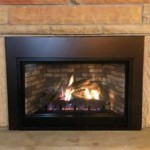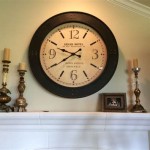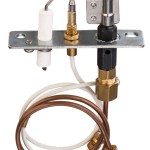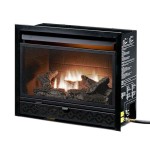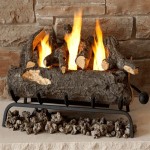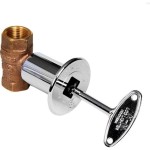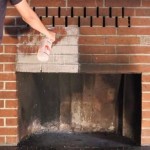Gas Logs for Fireplaces: Essential Aspects to Consider for a Cozy and Realistic Ambiance
Gas logs have become increasingly popular as a convenient and realistic alternative to traditional wood-burning fireplaces. Unlike wood logs, gas logs do not require constant monitoring, produce no smoke or ash, and provide instant warmth at the flick of a switch. To ensure you make an informed purchase and create the perfect ambiance in your living space, here are some essential aspects to consider when choosing gas logs for fireplaces:
1. Material and Style
Gas logs come in various materials, including ceramic, refractory cement, or a combination of both. Ceramic logs are durable, lightweight, and offer a realistic flame pattern. Refractory cement logs are heavier and more expensive but produce a more consistent flame height and lifespan. When it comes to style, gas logs mimic the appearance of natural wood logs, offering a wide range of textures, colors, and bark designs to complement any décor.
2. Heat Output
The heat output of gas logs is measured in British Thermal Units (BTUs), and it determines how much heat the logs can produce. Consider the size of your fireplace and the desired level of warmth. Higher BTU logs provide more heat, making them ideal for larger spaces or cold climates. Adjustable BTU logs allow you to customize the heat output, catering to various needs.
3. Ignition System
Gas logs can be ignited manually using a match or lighter, or they can be equipped with an automatic ignition system. Automatic ignition systems are more convenient and require minimal effort. They use a remote control, wall switch, or standing pilot to ignite the logs.
4. Vent-Free or Vented
Gas logs can be either vent-free or vented. Vent-free logs do not require a chimney or venting system, making them suitable for spaces where installation is challenging. However, they emit small amounts of carbon monoxide and are only recommended for well-ventilated areas. Vented logs require a chimney or venting system to exhaust combustion gases safely.
5. Safety Features
Safety should be a top priority when choosing gas logs. Look for logs that meet safety standards and have features such as oxygen depletion sensors, flame failure devices, and overheat protection. These features ensure the safe operation of your gas logs and prevent potential accidents.
Conclusion
Choosing the right gas logs for fireplaces requires careful consideration of various factors, including material, style, heat output, ignition system, vent type, and safety features. By understanding these essential aspects, you can create a cozy and realistic ambiance in your living space while enjoying the convenience and warmth of gas logs.

Vented Gas Logs Heater Or Decorative Bart Fireside

The Best Gas Log Sets For 2024 Fireplaces Direct Learning Center

Napoleon Reversible Vented Gas Log Set Logs Stove Hearth Patio

What You Need To Know About Gas Fireplace Logs Fireplaces Direct Learning Center

Gas Logs Guide

Logs And Burners Fireplaces N Fixin S

Napoleon Reversible Vented Gas Log Set Logs Stove Hearth Patio

S Fireplace Stove In Paramus New Jersey Kjb Fireplaces

Why Is It Important To Get My Gas Fireplace Logs Clean Regularly

The Ultimate Guide To Gas Logs Benefits Of This Hassle Free Fireplace Solution Outdoor Elegance Patio Design Center

